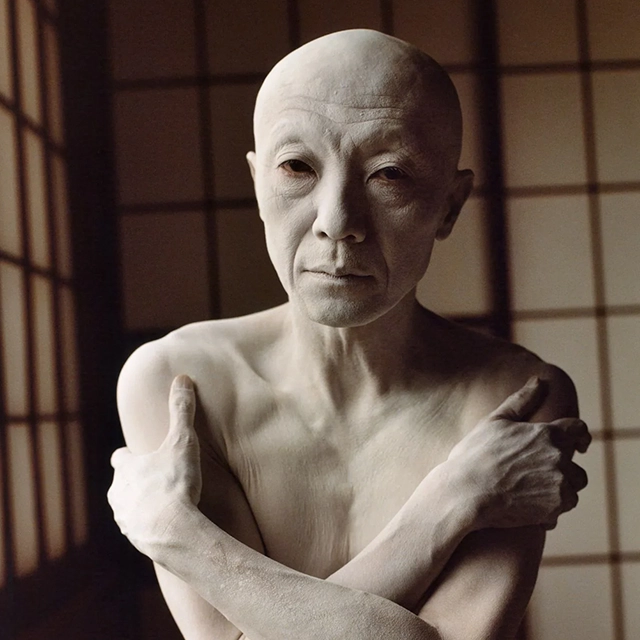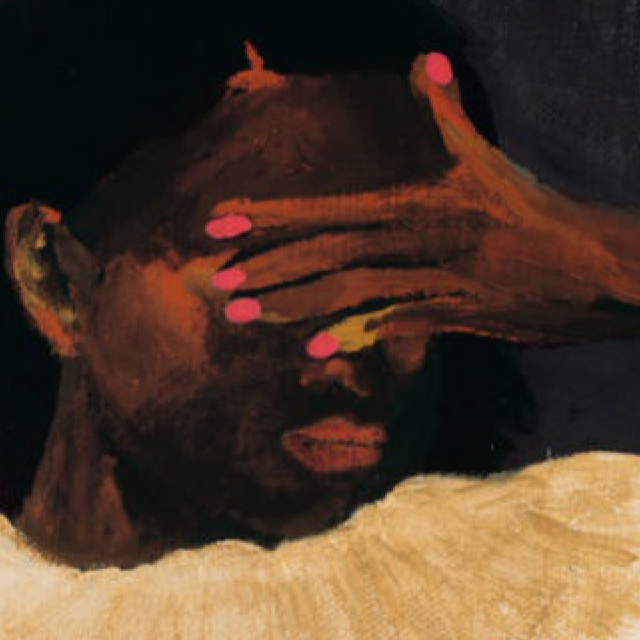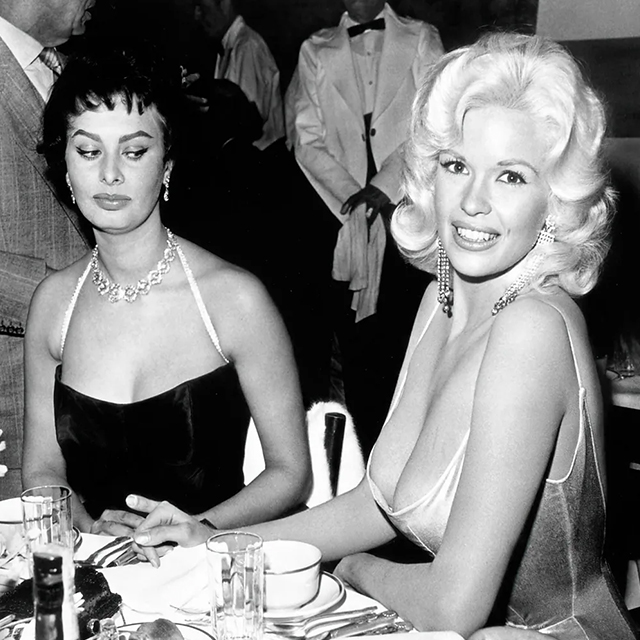
Capture is an Australian magazine I download—only occasionally—when the cover manages to earn it. Not out of bad habit, but because it is, almost always, more of the same. It is a publication devoted to professional and emerging photography, broadly acknowledged as one of the field’s established editorial platforms. It offers technical analyses, equipment reviews, practical guides, and reports on international trends. It also covers competitions such as The Capture Awards and Australasia’s Top Emerging Photographers.

I have always been drawn to the biblical passage in which God asks Moses to stretch out his hand over the sea. He summons a powerful wind from the east, cleaving the waters and opening the path through which the people of Israel will advance.
I look at this image and, after a moment in which I enjoy the analogy, a distant sense of dread overtakes me. Very distant, to be clear; I want to be honest.

By the late nineteenth century, a group of Japanese statesmen had decided they’d had all the shogunate they could reasonably endure. However beautiful the swords and scabbards, it was time to catch up and tune themselves to the rest of the world. Japan had to modernize and find other uses for the wheel. Those visionaries from the domains of Satsuma, Chōshū, Tosa, and Hizen became the architects of the new state. The decisive figures, as I see them: Ōkubo Toshimichi (Satsuma)...

Day after day, I browse through a handful of publications that, either in their entirety or in their cultural sections, comment on the most significant events within the visual arts. They form the main source of my modest archives. At times I come across striking images that merely illustrate an article; fortunately, when the magazine is a serious one, the caption provides all the essential data. Yet beyond the excellence of the work itself, it’s worth asking, every so often, whether—as illustration—it’s truly a fitting choice.

There are moments of alignment, when it seems as if the universe is sending us a sign. Vain hope. One could say the same of crossing a disciplined line of ants at work, each keeping perfect distance from the other—and all it would mean is that they are carrying organic matter back to the nest.

Last week I came across this image in nearly every major newspaper I usually consult. The moment I first saw it, I saved it immediately—not only because it gave me a sense of quiet delight, but also because it seemed perfectly suited for this very section. When it began multiplying across the media, I imagined the exhilaration must have been universal. Most readers, I suspect, felt a similar surge of joy.

This image seized my attention at once. I suppose it was conceived—or chosen—precisely to provoke that effect on a massive scale. Within the advancing ranks of women soldiers of the People’s Liberation Army of China, one face stands out: the second from left to right. Is it mere chance?

God knows why I tend to read the BBC’s digital edition late at night. Perhaps because I enjoy — and at the same time, not entirely — its concise and direct style. It does, however, offer compelling articles on themes or events that larger media outlets often overlook. Georgina Rannard, for instance, published a captivating piece (in its English version) about the ancient practice of tattooing on the Siberian steppe.

At barely twenty‑two, the dazzling Sofia was already under Paramount’s watchful eye. Its executives, captivated by her performances in Aida (1953) and The Gold of Naples (1953), saw in her the natural successor to the great European figures Hollywood had once embraced: Ingrid Bergman and Marlene Dietrich.